Help keep our prices low: Share with FriendsShare with Friends
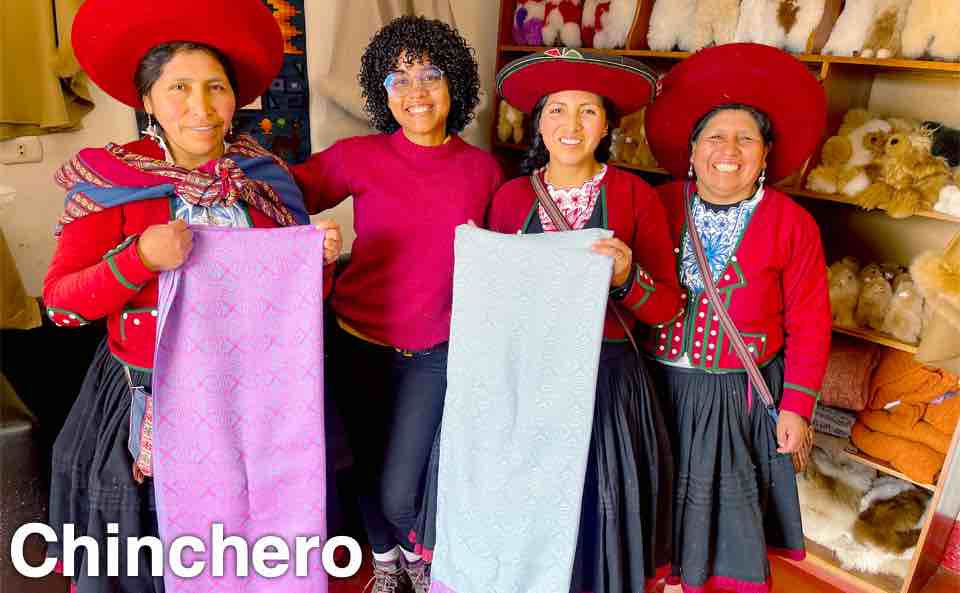

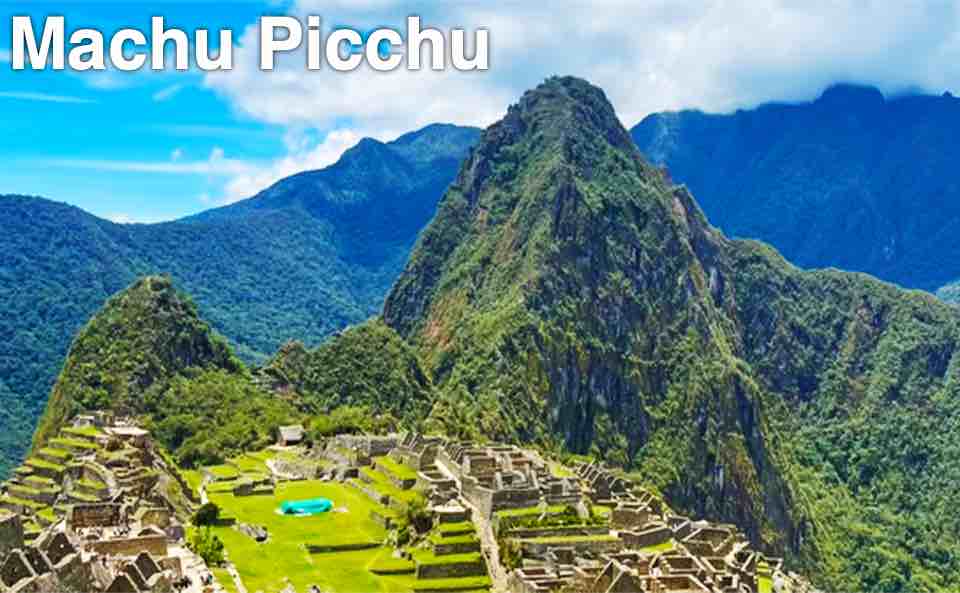



Inca Textiles
During the Inca Empire, the people of the Andes used alpaca wool for so many textiles, alpacas themselves became a popular currency. Discover what the ancient Incas wore, how their clothes were made, and the hidden symbolism of Inca garments.
What Did The Incas Wear?
Many Inca wore lliclla: woven, square, double-sided clothes that were easily folded into a cape or shawl. A bigger square could also be readily folded and stitched into a men’s tunic and uncu, a knee-length covering.
Inca royals wore additional, loose outerwear shawls called yacollas.
Women wore colorful wool jackets called jobona, often with color-coordinating hats (monteras). They also wore strong, practical q’ero chumpi: woven belts that can unfurl to carry goods, swaddle a baby, and support the wearer’s lower back.
Chumpi belts are still popular accessories among Andean people today.
What Is Inca Clothing Made Of?
At times, the Inca sourced cotton from the Peruvian lowlands to make garments. Royal Inca often kept aclla: young women sequestered in the palace who wove tapestries of superfine cotton threads called cumbi.
More commonly, clothes worn in the Inca Empire were woven from wool. Soft vicuña wool was used for luxury fabrics, alpaca wools were woven into qunpi (garments for non-royal men who were still wealthy and high-class), and other sheep and llama wools were used for chusi and awasca (everyday fabrics).
Understanding Inca Textile Patterns
In the era of Tahuantinsuyu, Inca clothes and fabrics incorporated symbolic motifs called “Topacu.”
Topacu comprised a visual “language” of sorts, with different symbols and patterns communicating important information about the wearer’s identity (particularly their ancestry), their hometown or community of origin, and their role in society.
Many Topacu patterns and motifs held additional religious and astrological meanings, particularly those worn by priests and Incan royalty.
Today, the Quechua of the Andes—modern descendants of the Inca—incorporate traditional patterns and designs into their clothes. However, while some of their patterns’ meanings align with Topacu symbolism, the Quechua system is distinct and unique to their culture.
Beyond the Topacu, the Inca and their descendants use specific fabric and textile techniques to convey more concrete information. For example, quipu is a traditional Andean system of knotted cords. Different arrangements of knots keep records, describe historical events, and even tell culturally important stories.
What Does The Checkerboard Pattern On An Inca Textile Indicate About the Person Wearing It?
In the Inca Empire, a checkerboard pattern on clothing usually meant the wearer was in the Inca military. Specific male tunics with checkerboard motifs were highly military-coded.
In the Metropolitan Museum of Art, one such garment is preserved. The art historians note, “in 1532 by Francisco de Jerez, secretary to the conquistador Francisco Pizarro….described the meeting between Atahualpa, the Inca emperor, and Pizarro’s men in Cajamarca, Peru, noting that the first regiment of the Inca army wore checkerboard livery.”
In large groups of soldiers, the pattern caused a visual effect, making an approaching army look like a surreal, interchangeable mass charging forward.
Certain Inca warriors wore additional, diamond-shaped clothes, often bearing a perpendicular checkerboard pattern. These indicated incredible strength, prowess, or military victory.
Experience Inca Textiles In Peru With Caravan
Discover the beauty and culture of the Andes on Caravan’s 8-Day Tour of Peru With Machu Picchu.
The trip bundles lodging at tranquil retreats and luxury hotels in the majestic Andes mountains; immersive cultural experiences, including authentic, indigenous Peruvian meals; and a chance to step into the past when you explore ancient ruins of the Inca Kingdom—all at one affordable price.
Want to book a spot? Call our team toll-free at 1-800-227-2826. Or, call +1-312-321-9800 to learn more.

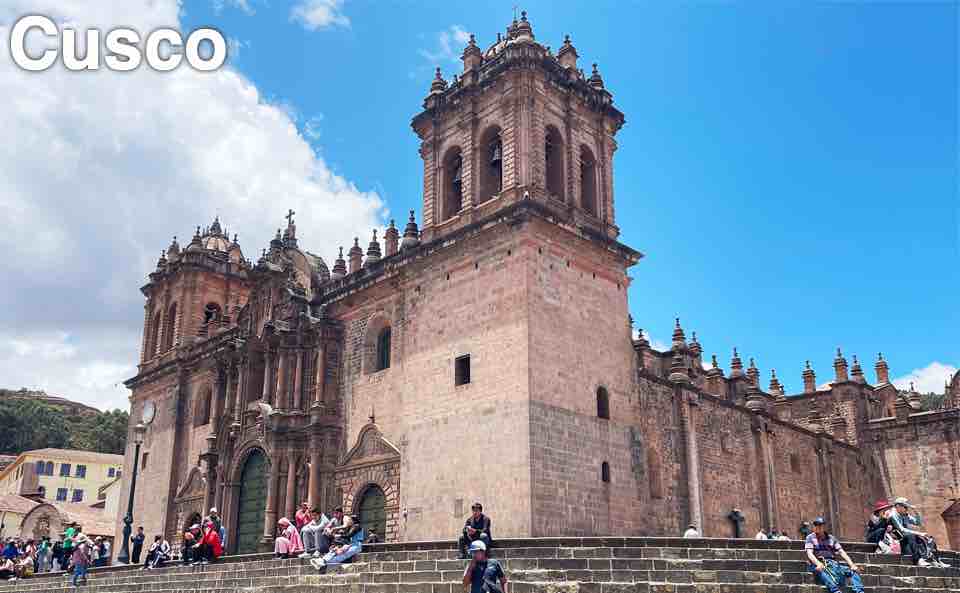
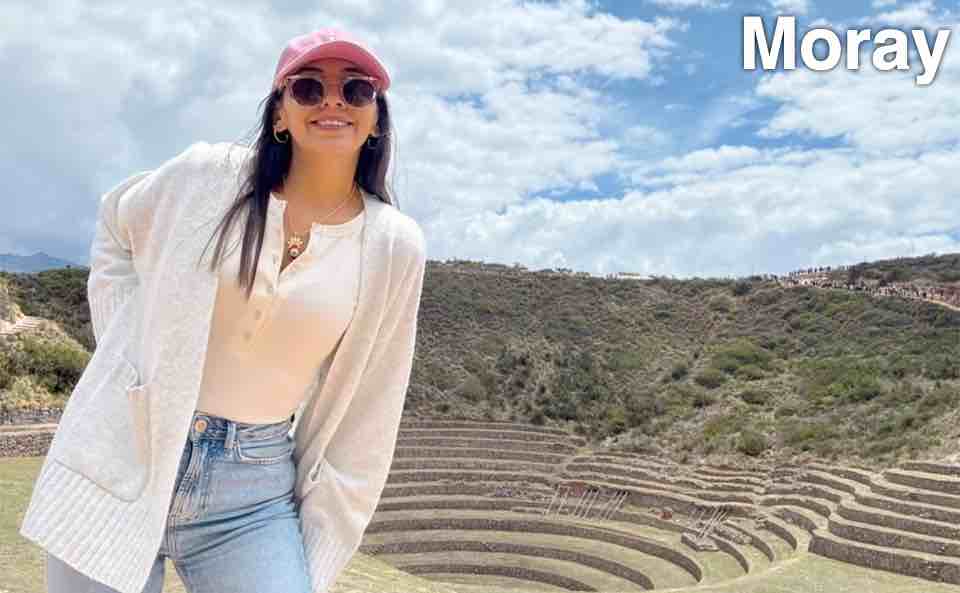




 2026 Hotels
2026 Hotels
2026 Hotels
Accommodations in the hotels and lodges are usually rooms with two beds and private bath or shower. A limited number of single rooms are available. Triple rooms are usually two beds.
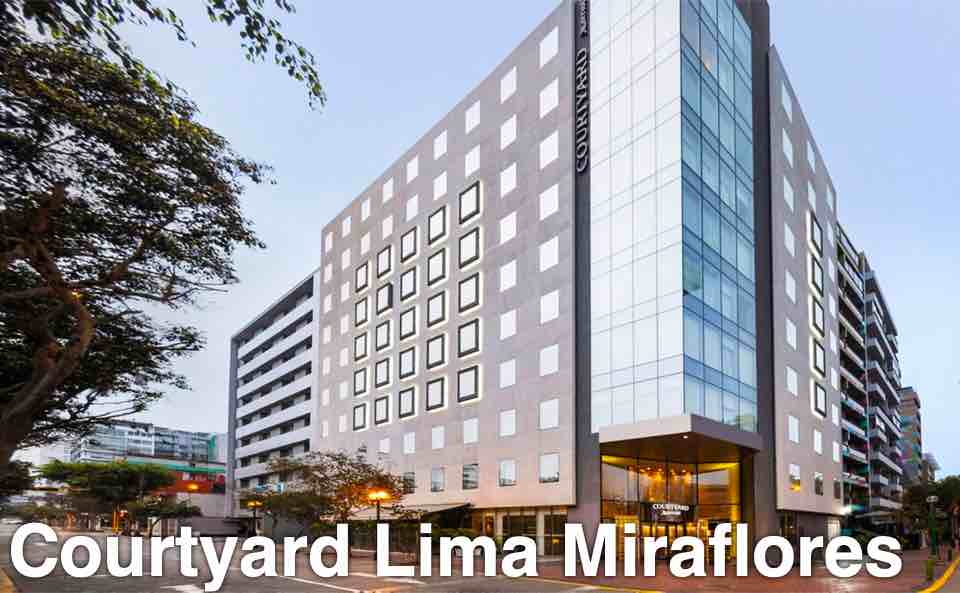
Days 1, 2 • Lima

Marriott Courtyard Miraflores
Courtyard by Marriott Miraflores is a modern hotel set in Lima’s vibrant Miraflores district, known for its cafes, green parks, and scenic coastal views. The hotel has a restaurant and 24-hour fitness center. Free Wifi.

Days 3, 4, 5 • Urubamba

Rustica Hotel Urubamba-Cusco
Rustica Hotel Cusco Urubamba is a brand-new boutique retreat nestled in the heart of the Sacred Valley. With just 32 spacious rooms, each offering panoramic views of the Andes, the hotel provides an intimate and serene experience. Resident alpacas freely roam the hotel grounds offering guests a chance to interact and take photos with these gentle Andean locals. Rustica Hotel Cusco Urubamba has a restaurant, bar, heated outdoor pool, and three jacuzzis. Spa services are available for an additional fee. Free Wifi.
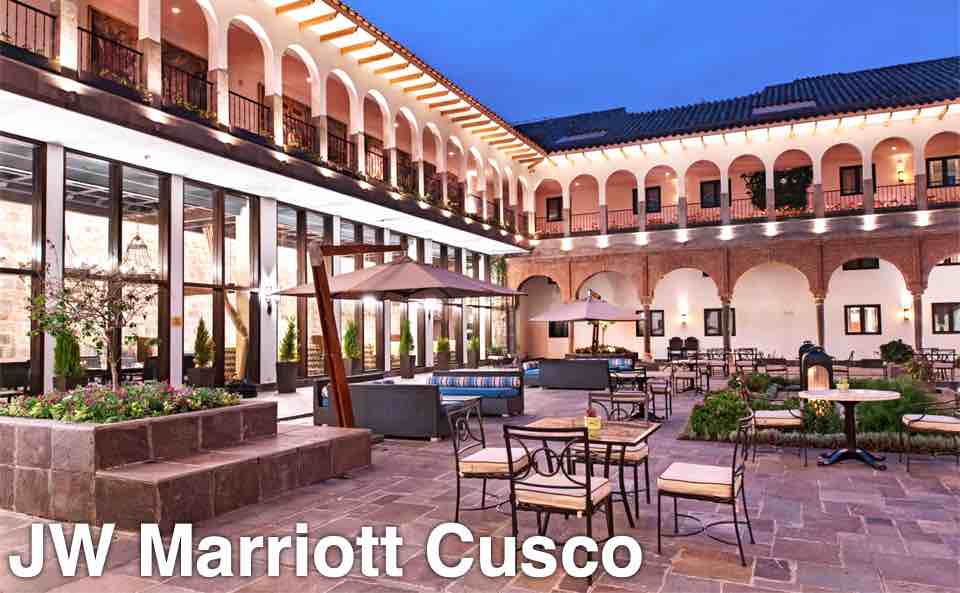
Day 6 • Cusco

JW Marriott El Convento Cusco
The JW Marriott El Convento Cusco is a luxury hotel housed in the beautifully restored 16th-century San Augustin convent, just three blocks from the Plaza de Armas. The hotel offers oxygen enriched rooms, two restaurants, and a boutique gift shop. Guests can unwind at the full service spa which features a swimming pool, jacuzzi, sauna, and steam room - all available for an additional fee. Free Wifi.

Day 7 • Lima

Marriott Courtyard Miraflores
Courtyard by Marriott Miraflores is a modern hotel set in Lima’s vibrant Miraflores district, known for its cafes, green parks, and scenic coastal views. The hotel has a restaurant and 24-hour fitness center. Free Wifi.

 2027 Hotels
2027 Hotels
2027 Hotels
Accommodations in the hotels and lodges are usually rooms with two beds and private bath or shower. A limited number of single rooms are available. Triple rooms are usually two beds.

Days 1, 2, 3 • Lima

Marriott Courtyard Miraflores
Courtyard by Marriott Miraflores is a modern hotel set in Lima’s vibrant Miraflores district, known for its cafes, green parks, and scenic coastal views. The hotel has a restaurant and 24-hour fitness center. Free Wifi.

Days 4, 5, 6 • Urubamba

Rustica Hotel Urubamba-Cusco
Rustica Hotel Cusco Urubamba is a brand-new boutique retreat nestled in the heart of the Sacred Valley. With just 32 spacious rooms, each offering panoramic views of the Andes, the hotel provides an intimate and serene experience. Resident alpacas freely roam the hotel grounds offering guests a chance to interact and take photos with these gentle Andean locals. Rustica Hotel Cusco Urubamba has a restaurant, bar, heated outdoor pool, and three jacuzzis. Spa services are available for an additional fee. Free Wifi.

Day 7 • Cusco

JW Marriott El Convento Cusco
The JW Marriott El Convento Cusco is a luxury hotel housed in the beautifully restored 16th-century San Augustin convent, just three blocks from the Plaza de Armas. The hotel offers oxygen enriched rooms, two restaurants, and a boutique gift shop. Guests can unwind at the full service spa which features a swimming pool, jacuzzi, sauna, and steam room - all available for an additional fee. Free Wifi.

Day 8 • Lima

Hotel Indigo Lima Miraflores
Hotel Indigo Lima Miraflores is a modern boutique hotel in the heart of Lima’s vibrant Miraflores district, and a short walk from Larcomar, the upscale outdoor shopping mall overlooking the ocean. The hotel has a restaurant and 24-hour fitness center. Free Wifi.

 Airport Transfers
Airport Transfers
Airport Transfers
Arrival Transfers
Transfer on your own from the Jorge Chávez International Airport (LIM) to Marriott Courtyard Miraflores (Calle Schell 400, Miraflores) in Lima. Once you have exited customs and collected your baggage at the airport, proceed to the counters for official taxi companies such as Taxi Seguro and Green Taxi. Here you can request your taxi. You can book and pay at the counter before exiting the terminal. The driving time from the airport to your hotel, Marriott Courtyard Miraflores, is approximately 30 - 60 minutes depending on traffic. You can pay using U.S. Dollars, Peruvian Soles, or with a credit card. Taxi fares range from 90 - 130 Peruvian Soles, or $25 - $35 U.S. Dollars (depending on the exchange rate) plus tip. ATMs and a currency exchange are available at the airport. When you arrive at your hotel, please identify yourself as a Caravan tour member to the front desk personnel.
Departure Transfers
Caravan includes fixed departure transfers from your hotel to Jorge Chávez International Airport (LIM), scheduled to arrive at 5:30 a.m., 8:00 a.m., and 11:00 a.m. These transfers are only available at these set times on the day the tour ends. If you extend your stay in Peru or if you wish to go at a different time, you will need to transfer on your own, at your own expense. Please ask the hotel bellman to arrange a taxi. Fares are approximately $25 - $35 U.S. Dollars per taxi, plus tip. The driving time from the hotel to the airport is approximately 30 - 60 minutes depending on traffic.
Airfare is not included or sold by Caravan.

 Airport Transfers
Airport Transfers
Airport Transfers
Arrival Transfers
Transfer on your own from the Jorge Chávez International Airport (LIM) to Marriott Courtyard Miraflores (Calle Schell 400, Miraflores) in Lima. Once you have exited customs and collected your baggage at the airport, proceed to the counters for official taxi companies such as Taxi Seguro and Green Taxi. Here you can request your taxi. You can book and pay at the counter before exiting the terminal. The driving time from the airport to your hotel, Marriott Courtyard Miraflores, is approximately 30 - 60 minutes depending on traffic. You can pay using U.S. Dollars, Peruvian Soles, or with a credit card. Taxi fares range from 90 - 130 Peruvian Soles, or $25 - $35 U.S. Dollars (depending on the exchange rate) plus tip. ATMs and a currency exchange are available at the airport. When you arrive at your hotel, please identify yourself as a Caravan tour member to the front desk personnel.
Departure Transfers
Caravan includes fixed departure transfers from your hotel to Jorge Chávez International Airport (LIM), scheduled to arrive at 5:30 a.m., 8:00 a.m., and 11:00 a.m. These transfers are only available at these set times on the day the tour ends. If you extend your stay in Peru or if you wish to go at a different time, you will need to transfer on your own, at your own expense. Please ask the hotel bellman to arrange a taxi. Fares are approximately $25 - $35 U.S. Dollars per taxi, plus tip. The driving time from the hotel to the airport is approximately 30 - 60 minutes depending on traffic.
Airfare is not included or sold by Caravan.

 Passports & Visas
Passports & Visas
Passports & Visas
Peru requires a current U.S. passport valid for six months after your date of entry. Non U.S. citizens, please check passport and visa requirements. Note: If you are travelling with children under 18 years old without both parents or legal guardians, you should carry a notarized letter of authorization signed by the missing parent(s) or guardian(s). A notarized birth certificate showing only one parent, a parent’s death certificate, or a court order of child custody may also be permissible. Failure to have proper documentation could result in denial of boarding by the airline, due to international child protection laws.

 Passports & Visas
Passports & Visas
Passports & Visas
Peru requires a current U.S. passport valid for six months after your date of entry. Non U.S. citizens, please check passport and visa requirements. Note: If you are travelling with children under 18 years old without both parents or legal guardians, you should carry a notarized letter of authorization signed by the missing parent(s) or guardian(s). A notarized birth certificate showing only one parent, a parent’s death certificate, or a court order of child custody may also be permissible. Failure to have proper documentation could result in denial of boarding by the airline, due to international child protection laws.

 Weather & Clothing
Weather & Clothing
Weather & Clothing
Temperature °F (high/low) Rainfall (inches)
| Lima | Urubamba | Machu Picchu | Cusco | |||||
|---|---|---|---|---|---|---|---|---|
| Temp | Rain | Temp | Rain | Temp | Rain | Temp | Rain | |
| Jan | 79/68 | 1.0 | 73/51 | 5.5 | 69/53 | 13.4 | 62/44 | 4.2 |
| Feb | 80/69 | 1.6 | 73/51 | 4.1 | 69/53 | 12.8 | 62/44 | 3.8 |
| Mar | 80/68 | 1.3 | 73/51 | 3.6 | 70/53 | 13.4 | 63/44 | 2.6 |
| Apr | 76/65 | 0.5 | 74/48 | 1.9 | 70/53 | 7.3 | 64/41 | 1.1 |
| May | 72/62 | 0.3 | 74/43 | 0.3 | 71/51 | 2.3 | 65/36 | 0.2 |
| Jun | 69/61 | 0.5 | 74/40 | 0.5 | 72/50 | 2.0 | 64/33 | 0.1 |
| Jul | 67/60 | 0.6 | 74/38 | 0.2 | 72/49 | 2.1 | 64/32 | 0.1 |
| Aug | 67/59 | 0.5 | 75/41 | 0.4 | 74/50 | 2.4 | 64/35 | 0.1 |
| Sep | 67/60 | 0.4 | 75/45 | 0.5 | 74/52 | 3.0 | 65/39 | 0.5 |
| Oct | 69/61 | 0.4 | 76/49 | 1.9 | 73/53 | 6.4 | 65/42 | 1.3 |
| Nov | 72/63 | 0.3 | 76/50 | 2.7 | 73/54 | 6.8 | 65/43 | 1.9 |
| Dec | 76/65 | 0.5 | 74/51 | 4.2 | 70/54 | 10.8 | 64/44 | 3.2 |
Temperature °F (high/low) Rainfall (inches)
| Jan | Feb | Mar | Apr | May | Jun | Jul | Aug | Sep | Oct | Nov | Dec | |
|---|---|---|---|---|---|---|---|---|---|---|---|---|
| Lima | ||||||||||||
| temp | 79/68 | 80/69 | 80/68 | 76/65 | 72/62 | 69/61 | 67/60 | 67/59 | 67/60 | 69/61 | 72/63 | 76/65 |
| rainfall | 1.0 | 1.6 | 1.3 | 0.5 | 0.3 | 0.5 | 0.6 | 0.5 | 0.4 | 0.4 | 0.3 | 0.5 |
| Urubamba | ||||||||||||
| temp | 73/51 | 73/51 | 73/51 | 74/48 | 74/43 | 74/40 | 74/38 | 75/41 | 75/45 | 76/49 | 76/50 | 74/51 |
| rainfall | 5.5 | 4.1 | 3.6 | 1.9 | 0.3 | 0.5 | 0.2 | 0.4 | 0.5 | 1.9 | 2.7 | 4.2 |
| Machu Picchu | ||||||||||||
| temp | 69/53 | 69/53 | 70/53 | 70/53 | 71/51 | 72/50 | 72/49 | 74/50 | 74/52 | 73/53 | 73/54 | 70/54 |
| rainfall | 13.4 | 12.8 | 13.4 | 7.3 | 2.3 | 2.0 | 2.1 | 2.4 | 3.0 | 6.4 | 6.8 | 10.8 |
| Cusco | ||||||||||||
| temp | 62/44 | 62/44 | 63/44 | 64/41 | 65/36 | 64/33 | 64/32 | 64/35 | 65/39 | 65/42 | 65/43 | 64/44 |
| rainfall | 4.2 | 3.8 | 2.6 | 1.1 | 0.2 | 0.1 | 0.1 | 0.1 | 0.5 | 1.3 | 1.9 | 3.2 |
Clothing Tips
This is a casual tour. Casual wear is suggested for sightseeing and daytime travelling. Dress code for evenings is casual. Suit jackets for men and dresses for women are never required.
This is a casual tour. Casual wear is suggested for sightseeing and daytime travelling. Dress code for evenings is casual. Suit jackets for men and dresses for women are never required.

 Why Travel with Caravan?
Why Travel with Caravan?
Why Travel with Caravan?
Excellence Since 1952
You can trust our years of experience with tours of superb quality and excellent value. Caravan has enjoyed the same family management and ownership since 1952.
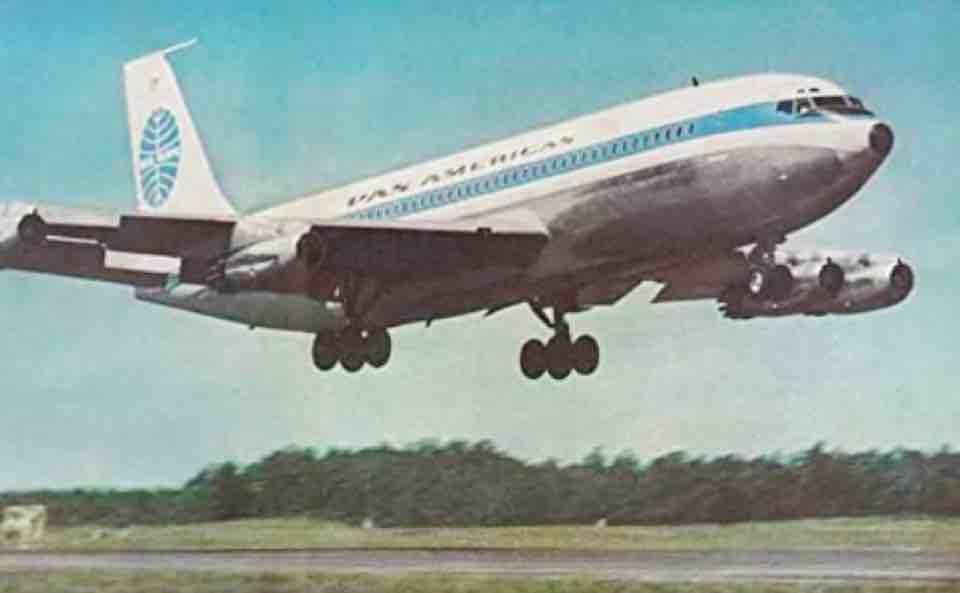
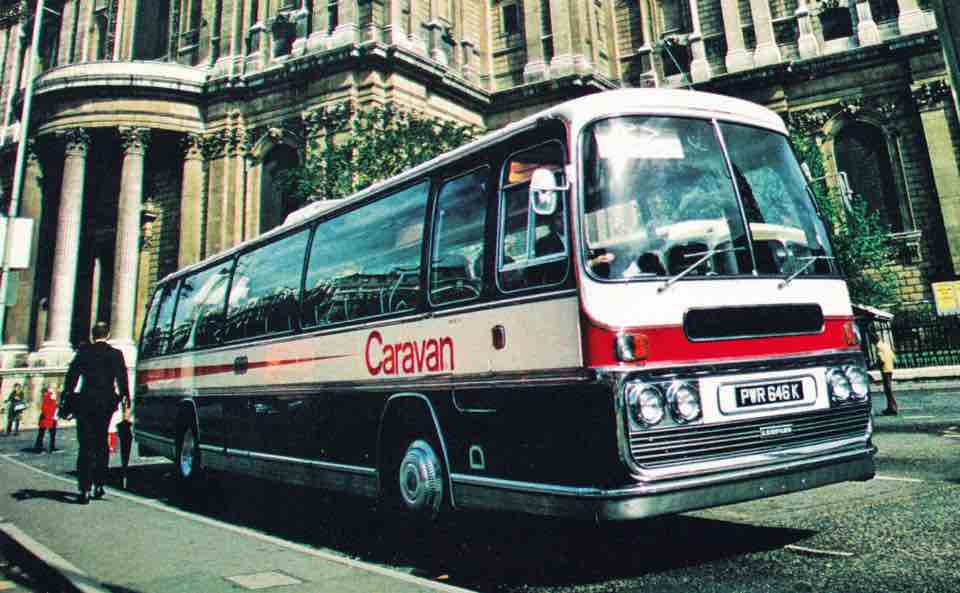
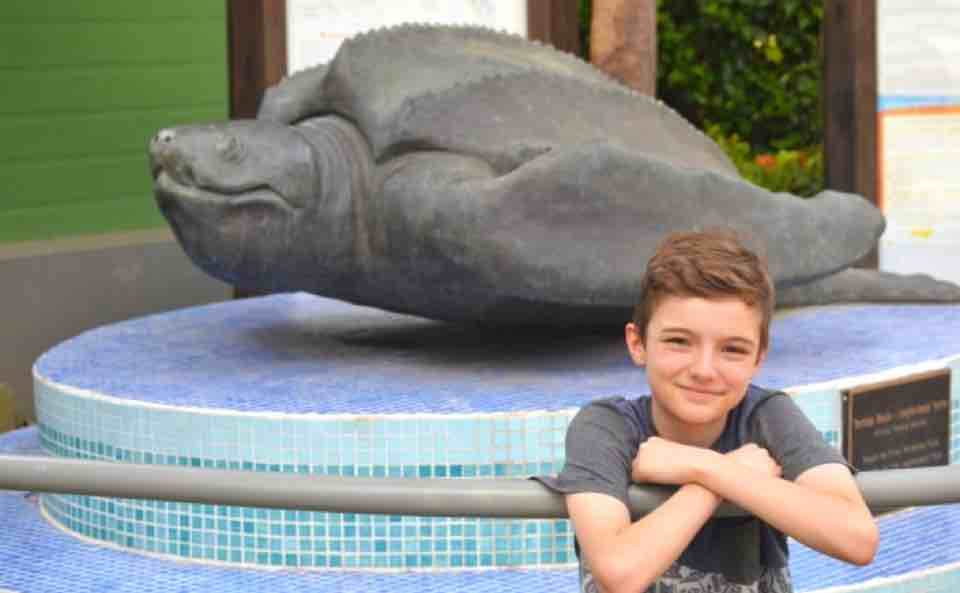

Caravan Care
For your safety, Caravan cancelled most 2020 and all 2021 tour departures and refunded 100% of all payments received. See Caravan’s Covid-19 Terms of Travel.
Caravan's Proud History
In 1965, Roger Mudd hosted a two-hour CBS TV special on Caravan Tours. This TV production took about one month to make and was so successful it inspired the 1968 romantic comedy movie “If it’s Tuesday this must be Belgium.” In the early 50’s the Mayor of Dublin presented Caravan with the Key to Dublin for bringing the first American tour to the city after WWII. Since then, Caravan has been recognized as a pioneer in travel. You can trust in our stability, experience and dedication to quality.
Great Hotels
Stay at park lodges, scenic resorts, and excellent hotels in great locations. See hotel descriptions on each tour page.
Meals
Most meals included within Latin America. For USA and Canada tours, included meals are listed on each itinerary page. Bottled water is provided on motorcoaches in Latin America.
Complete Sightseeing
Enjoy complete sightseeing with more visits, extra features, and local guides.
Fully Guided by Tour Directors
All tours conducted from start to finish by professional tour directors, who are fluent in English, experienced, and fun.
All-inclusive
Caravan includes all activities listed in the tour itinerary page. Caravan does not sell any optional activities which can add hundreds of dollars to your tour price. Your free time is scheduled in great settings where there is no need to buy additional expensive activities.
Shopping Freedom
Caravan will not bring you to overpriced shops in exchange for payments. Caravan gives you ample opportunity and time for great shopping, and the freedom to choose where and when to shop.
Great Value, Book Early
Caravan’s strong buying power gives you great vacations at prices much lower than you can find anywhere. Most of our tours sell out quickly. Book early for the date you prefer and the best airfare.
How does Caravan Tours sell these tours for such a low cost?
Caravan delivers volume to our suppliers, who in turn reward us with their very best prices. We in turn pass these savings on to you, and you reward us by buying our tours. As volume continues to rise, we then receive even better prices from our suppliers, and we pass even greater savings on to you. This year our tours are better than ever.
Trade Association Memberships
Caravan is a member of NTA (National Tour Association), ABA (American Bus Association), CLIA (Cruise Lines International Association), and ACMA (American Commerce Marketing Association).
